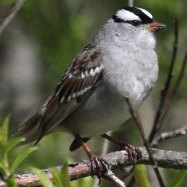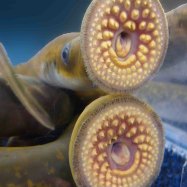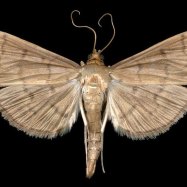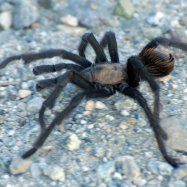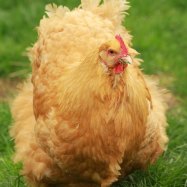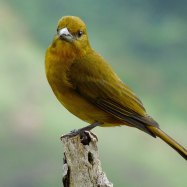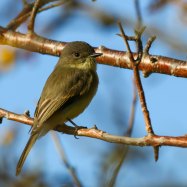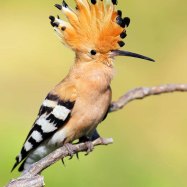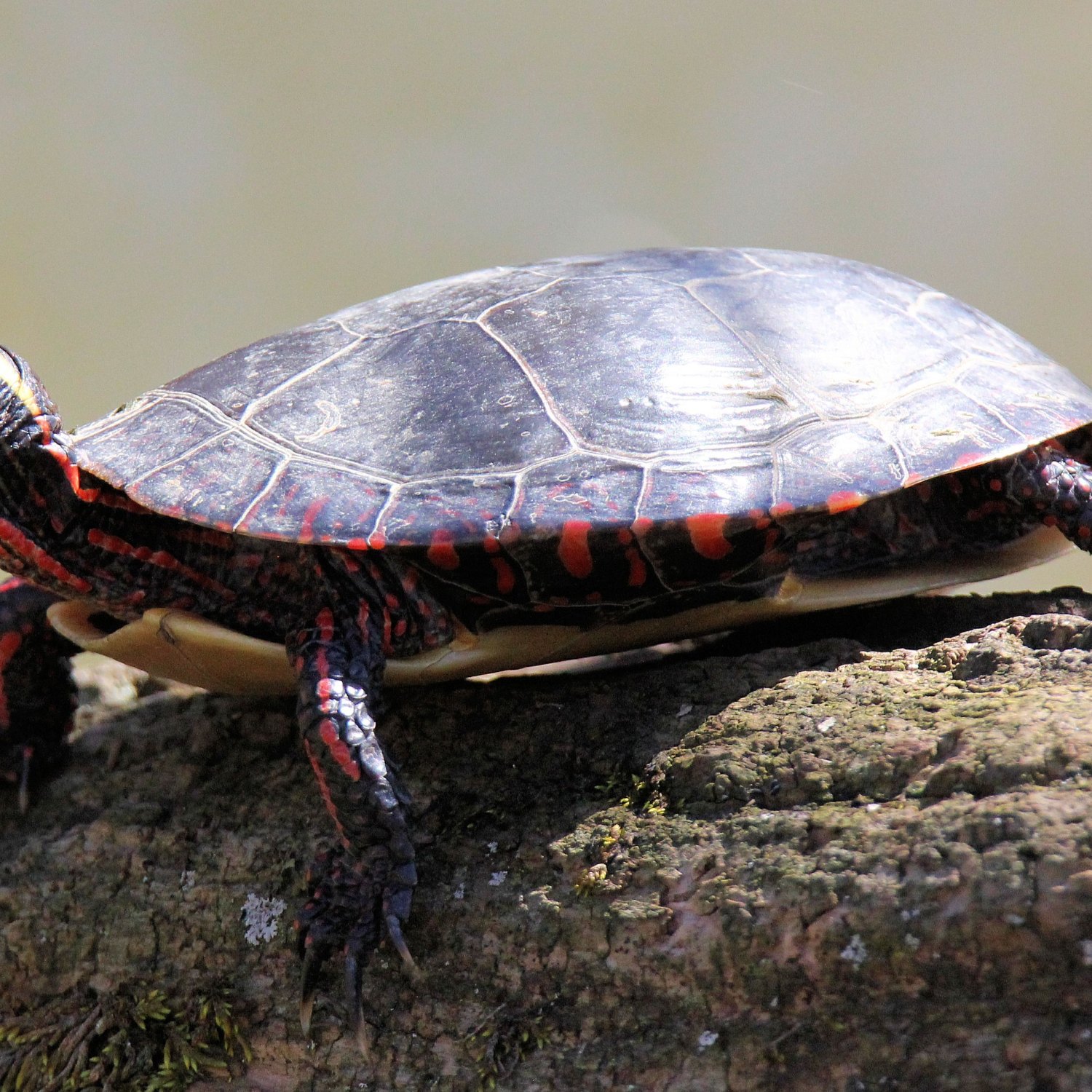
Painted Turtle
4 to 7 inches (10 to 18 cm)
The Painted Turtle, also known as the Chrysemys picta, can be found in the Eastern, Central, and Southwestern parts of North America. With a flattened oval-shaped shell, streamlined body, and webbed feet, this small reptile measures 4 to 7 inches (10 to 18 cm) in length. Belonging to the family Emydidae, these colorful turtles make fascinating pets and are easy to care for. #PaintedTurtle #PetTurtles #NorthAmericanTurtles
Animal Details Summary:
Common Name: Painted Turtle
Kingdom: Animalia
Habitat: Freshwater habitats, including ponds, lakes, marshes, and slow-moving rivers
A Colorful Peek into the World of Painted Turtles: Chrysemys picta
Have you ever stumbled upon a cute little creature, basking in the sun on a warm rock by the lakeside? Chances are, it was a Painted Turtle, also known as Chrysemys picta in the vast world of taxonomy.Painted Turtles are a sight to behold with their unique and vibrant markings. They are widely distributed across North America, making them a common sight for nature lovers. So, let's dive into the world of these fascinating creatures, and learn all about their habits, habitat, and distinctive features Painted Turtle.
A Part of the Reptilian Family
Painted Turtles belong to the kingdom Animalia and phylum Chordata, which includes all animals with a spinal cord. They are a part of the class Reptilia, which consists of all reptiles, including snakes, lizards, and turtles.The Aquatic World of Painted Turtles
If you ever come across a Painted Turtle in its natural habitat, chances are it would be in freshwater, such as ponds, lakes, marshes, and slow-moving rivers. These amphibious creatures thrive in water, and it is their primary source of shelter, food, and breeding ground.Painted Turtles are primarily found in North America, with their exact geographical distribution ranging from the United States to Canada. They are commonly found in the eastern, central, and southwestern parts of North America, making them a widespread species.
A Healthy Appetite for Both Plants and Animals
One of the distinguishing characteristics of Painted Turtles is their omnivorous diet. They are opportunistic feeders, meaning they will eat anything they can find. Their diet comprises of both plants and animals, making them an important part of the food chain in their ecosystem Partridge.The Painted Turtle is a bottom feeder, meaning they forage for food at the bottom of the water bodies. They use their powerful jaws to crush aquatic plants, insects, worms, snails, and even small fish. This varied diet provides them with the necessary nutrients they require to maintain their health and well-being.
Anatomy and Physical Appearance
The Painted Turtle is a charming creature with distinct physical features that set them apart from other turtles. They have a flattened, oval-shaped shell that is typically olive green to black in color. The patterns and colors may vary, but they always have red and yellow markings on the head, neck, legs, and tail.Their bodies are also streamlined, making them efficient swimmers. They have webbed feet, which help them paddle through water with ease.
Size Matters
An adult Painted Turtle can range anywhere from 4 to 7 inches (10 to 18 cm) in length, with females being slightly larger than males. This size makes them a relatively small species of turtle, but they still have a significant impact on their ecosystem.Their small size also makes them vulnerable to predators, such as raccoons, birds, and other larger turtles. However, they have a few defense mechanisms to protect themselves, including their hard shell and the ability to tuck their head and limbs inside it for protection.
Reproduction and Life Cycle
Painted Turtles reach sexual maturity at around 3 to 5 years old. They have a unique courtship ritual, where the male will attract the female by swimming around her and touching her face with his forelimbs. If she is interested, she will reciprocate the gesture, and they will mate in the water.Females will lay their eggs on land, typically in sandy soil or mud near water bodies. The number of eggs can range from 4 to 20, depending on the size of the female. The eggs take around 60 days to hatch, and the hatchlings will make their way to the water immediately, where they will start their lives as aquatic creatures.
Threats to Painted Turtles
Painted Turtles face various threats in their environment, with the primary threat being habitat loss and destruction. Water pollution, shoreline development, and climate change also have a significant impact on their population.In addition, these turtles are often hunted for their meat and eggs, and their shells are used for various purposes. The pet trade has also affected their population, as they are often taken from the wild and kept as pets.
Conservation efforts are in place to protect Painted Turtles and their habitat. It is crucial for humans to understand the importance of these creatures and to take necessary steps to conserve and protect them for future generations to appreciate and admire.
Chrysemys picta: The Natural Masterpiece of North America
In conclusion, Painted Turtles are truly a natural masterpiece, with their vibrant colors and unique patterns. They are a vital part of their ecosystem, and their presence is a significant contribution to the biodiversity of North America.From their habitat and feeding habits to their anatomy and life cycle, these creatures have captivated our attention and respect. It is essential to understand and appreciate these amazing creatures and work towards preserving their natural habitat for generations to come. So, the next time you come across a Painted Turtle, take a moment to appreciate the beauty of these magnificent creatures.

Painted Turtle
Animal Details Painted Turtle - Scientific Name: Chrysemys picta
- Category: Animals P
- Scientific Name: Chrysemys picta
- Common Name: Painted Turtle
- Kingdom: Animalia
- Phylum: Chordata
- Class: Reptilia
- Order: Testudines
- Family: Emydidae
- Habitat: Freshwater habitats, including ponds, lakes, marshes, and slow-moving rivers
- Feeding Method: Omnivorous
- Geographical Distribution: North America
- Country of Origin: United States and Canada
- Location: Eastern, Central, and Southwestern parts of North America
- Animal Coloration: Olive green to black shell, red and yellow markings on the head, neck, legs, and tail
- Body Shape: Flattened oval-shaped shell, streamlined body, and webbed feet
- Length: 4 to 7 inches (10 to 18 cm)
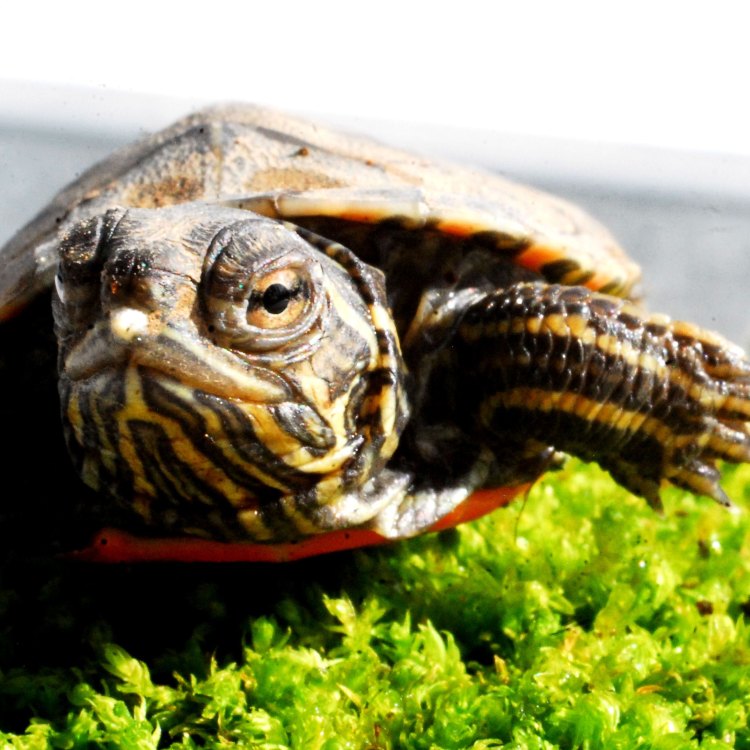
Painted Turtle
- Adult Size: 6 to 8 inches (15 to 20 cm)
- Average Lifespan: Up to 20 years in the wild
- Reproduction: Sexual
- Reproductive Behavior: Mate in the water, females lay eggs on land
- Sound or Call: They produce a variety of vocalizations, including hisses and grunts
- Migration Pattern: Some painted turtles may migrate short distances in search of suitable nesting sites or hibernation sites
- Social Groups: Solitary, but may gather in groups during basking or nesting
- Behavior: Painted turtles are diurnal (active during the day) and are often seen basking on logs or rocks
- Threats: Habitat loss, pollution, predation, and illegal collection for the pet trade
- Conservation Status: Least Concern (IUCN)
- Impact on Ecosystem: As omnivores, painted turtles play a role in nutrient cycling and control populations of small invertebrates
- Human Use: Some painted turtles are kept as pets
- Distinctive Features: Bright markings on the head, neck, legs, and tail, and a flattened oval-shaped shell
- Interesting Facts: Painted turtles are able to absorb oxygen through their skin and can survive underwater for extended periods of time
- Predator: Common predators include raccoons, foxes, birds of prey, and larger fish
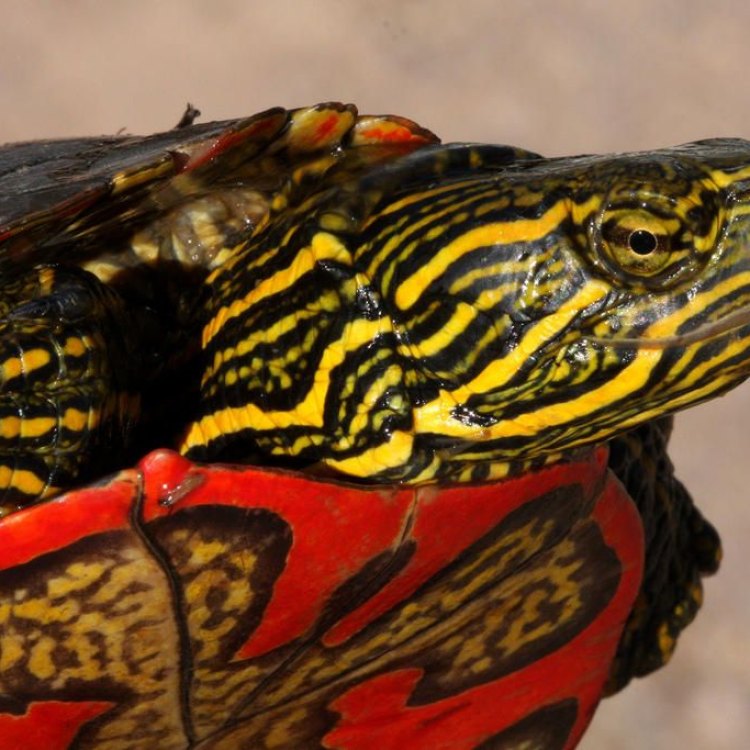
Chrysemys picta
Marvels of the Aquatic World: The Painted Turtle
Imagine yourself strolling along the banks of a serene lake on a warm summer day. The gentle breeze rustles through the trees while the sun gleams down on the water, creating a perfect reflection of the world above. Suddenly, a small creature emerges from the depths, basking on a log with the utmost grace and poise. Its shell shines in the sunlight, decorated with intricate designs reminiscent of a painted masterpiece PeaceOfAnimals.Com. This is the painted turtle, a fascinating and unique species that calls the freshwater habitats of North America its home.The painted turtle, scientifically known as Chrysemys picta, is a stunning reptile found throughout much of the United States and Canada. Its striking appearance and intriguing behavior have caught the attention of many, making it a popular subject for research and fascination. In this article, we will explore the many distinctive features and behaviors of this beloved species, as well as its role in the ecosystem and interactions with humans.
Appearance and Behavior
Painted turtles are relatively small creatures, with adults typically reaching a size of 6 to 8 inches (15 to 20 cm) in length. Despite their small size, these turtles can live for up to 20 years in the wild, making them one of the longest-lived freshwater turtles in North America.One of the most unique characteristics of the painted turtle is their brightly colored markings. Each individual has a distinct pattern of yellow, red, and black on their head, neck, legs, and tail, often resembling a vibrant painting. These markings serve to camouflage the turtles in their natural habitat, making it easier for them to blend in and avoid predators Pika.
Painted turtles are diurnal creatures, meaning they are active during the day. They are most commonly seen basking on rocks or logs in the sun, using the warmth to regulate their body temperature. This behavior is crucial for their survival as turtles are ectothermic, meaning they cannot regulate their own body temperature and rely on external sources to keep warm.
In addition to basking, painted turtles are also skilled swimmers. They have webbed feet and streamlined bodies that allow them to glide through the water with ease. Interestingly, they are also able to absorb oxygen through their skin, allowing them to stay underwater for extended periods of time.
When it comes to social behavior, painted turtles are solitary creatures, spending most of their time alone. However, during basking or nesting, they may gather in groups, creating a peaceful and relaxing sight for onlookers.
Reproductive Behavior
Like many other turtle species, painted turtles reproduce sexually. During the late spring and early summer, males actively search for females to mate with in the water. Once females have been successfully fertilized, they will leave the water and journey to a suitable nesting site, often traveling long distances.Once they have found a suitable location, females will dig a hole in the ground and lay their eggs, typically around 8 to 10 at a time. The eggs will incubate for 60 to 70 days before hatching, with the hatchlings emerging in late summer or early fall.
One interesting aspect of painted turtle reproduction is their ability to determine the gender of their offspring. The temperature at which the eggs are incubated can influence the sex of the hatchlings, with cooler temperatures resulting in more males and warmer temperatures producing more females.
Threats and Conservation Status
Sadly, like many other species in the animal kingdom, painted turtles face numerous threats to their survival. One of the biggest threats is habitat loss. As human development continues to expand, fresh water habitats are being destroyed, leaving the turtles with fewer places to call home.Pollution is another major threat to the painted turtle population. With urbanization and industrialization, rivers and lakes have become increasingly contaminated with chemicals and waste, which can harm and even kill the turtles. Additionally, painted turtles also face predation from natural predators such as raccoons, foxes, birds of prey, and larger fish.
Furthermore, illegal collection for the pet trade has also contributed to the decline of painted turtle populations. While it is not illegal to have a painted turtle as a pet, wild turtles are often taken from their natural habitat, leading to a decline in their numbers.
Despite these threats, the painted turtle is currently listed as Least Concern by the International Union for Conservation of Nature (IUCN). However, their population is decreasing, and continued efforts are needed to ensure their survival in the future.
Role in the Ecosystem and Interaction with Humans
As omnivores, painted turtles play a vital role in the ecosystem. They feed on both plants and animals, helping to control populations of small invertebrates and contributing to the nutrient cycling process. Additionally, their eggs and hatchlings provide food for numerous predators, making them important pieces of the food chain.When it comes to their interactions with humans, painted turtles have a fascinating history. In the past, these turtles were commonly hunted for their meat, and their brightly colored shells were used for decorative purposes. In some cultures, they were even considered a delicacy. However, thanks to conservation efforts, hunting of these turtles has been greatly reduced, and their populations have begun to recover.
Today, some people keep painted turtles as pets, which can be both a positive and negative impact on the species. When bought from reputable breeders or adopted from rescue organizations, these turtles can make wonderful pets, providing a source of education and entertainment for their owners. However, when taken from the wild, their populations can be further depleted. It is essential for pet owners to do their research and ensure they are acquiring their turtles ethically and responsibly.
The Marvels of Nature
In conclusion, the painted turtle is truly a marvel of the aquatic world. From their bright and intricate markings to their ability to thrive both above and below the water's surface, they are a fascinating and unique species that deserves our attention and protection. As we continue to learn more about these incredible creatures, it is essential to make sure that we are doing our part to preserve their habitats and ensure their continued existence in our world.
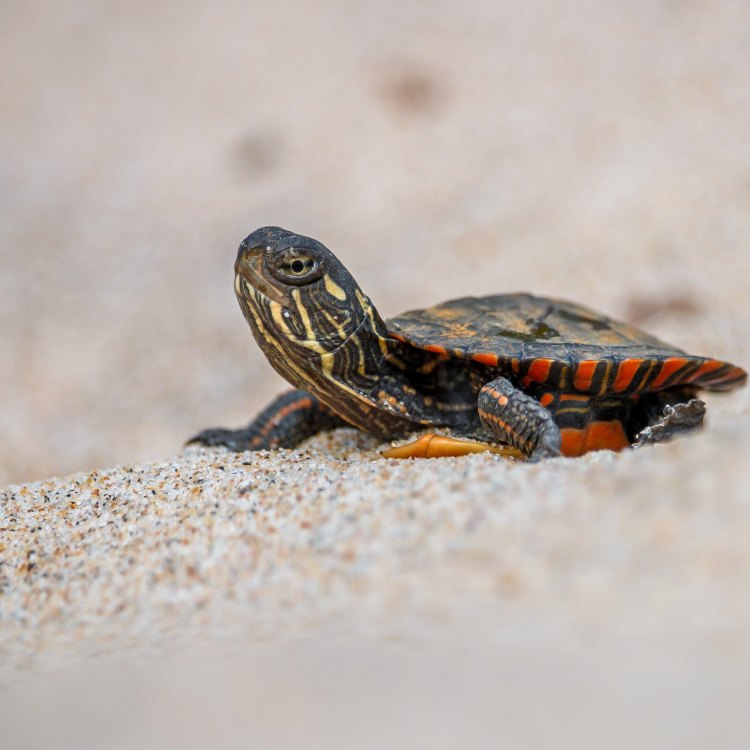
A Colorful Peek into the World of Painted Turtles: Chrysemys picta
Disclaimer: The content provided is for informational purposes only. We cannot guarantee the accuracy of the information on this page 100%. All information provided here may change without prior notice.

